Free Lessons Available in Social Emotional Learning for Children.. Every lesson has an affirmation that students can memorize to remind themselves of their ability to influence themselves and others in positive ways.
Read MoreSir Ken Robinson, you will be sorely missed. Sir Ken Robinson, may you continue to be a great source of encouragement for all of us as educators and teacher trainers who aspire to find innovative ways to teach the whole child.
Read MoreIn the same way that the soil has to be rich and fertile to grow into strong, healthy plants, so do the relationships in students’ lives need to be fertile to raise strong, contributing human beings in society. It is critical to have relationships that work inside and outside of school. Administrators and teachers, caretakers and teachers, caretakers and students, parents and staff are all critical for nurturing young minds and setting examples.
Read MoreLearn how the Deep Learning at Home series intentionally teaches social and emotional skills and character development through the arts. Know how each lesson can stimulate family or group discussion. Integrate the affirmation in each lesson and create precious moments during this time of change.
Read MoreThe students wanted to learn some English so, my colleague, who did not speak Dutch, did a great job teaching choreography for “Wavin Flag.” And the students learned to sing the chorus, which they loved. Social and Emotional Learning (SEL) Skills, such as Making Decisions, is Best Learned, Retained and Transferred to Life by Living Inside a Story.
Read MoreAfter teaching a grade 6 class for half an hour, Josh approaches me with tears in his eyes. “Ms. Boersma, none of the kids like me. No one wants to work with me. The other boys always ignore me.” I notice many of the girls are quiet, and many of the boys are trying to fit in. The same few people are participating in class discussions. The students freely participate in “side conversations” and giggling at inappropriate times. They are not bad students. They just have a bad habit.
Read MoreCo-teaching with the homeroom teachers brings out the most in the students. Teachers and students alike constantly switch in and out of role reflecting on how the story we are creating together is like real life. The discussions are often deep. Students learn to take responsibility for the way they are being so they can do what is expected (success criteria) so they can have the results from their hard work.
Read MoreWith teacher strikes looming all around us, are you able to find something great? As an adult, I am always learning. Here is my experience in a recent adventure. I hope it encourages you in your learning. Life is an adventure. I feel that I am at the peak of my career, and I want to make a significant contribution to society. So, off to New Zealand, we go to see the country the way the tourists do, travelling in a camper van. It is a fantastic experience that allows us to see this spectacular country and experience many highlights…
Read More


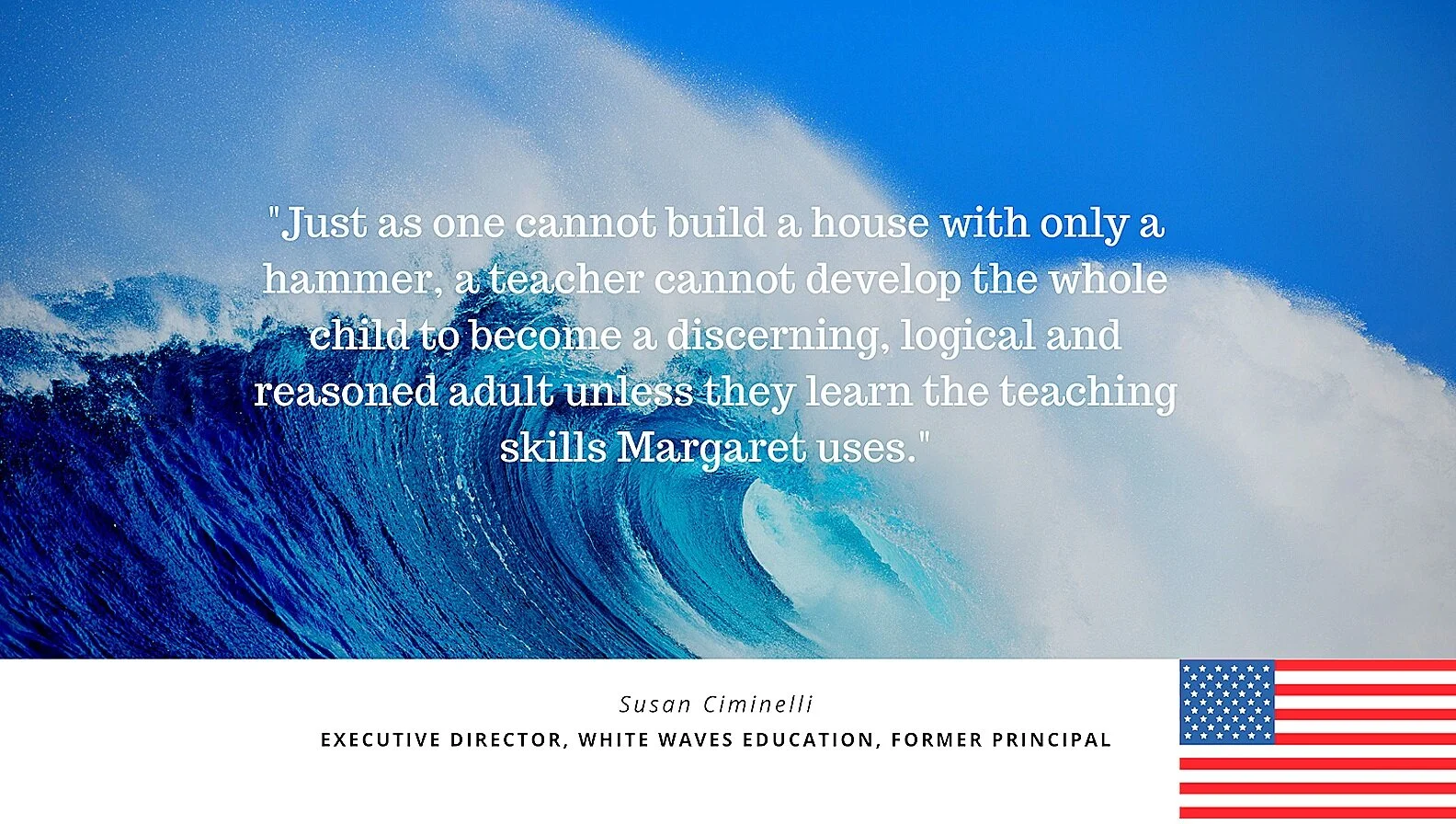


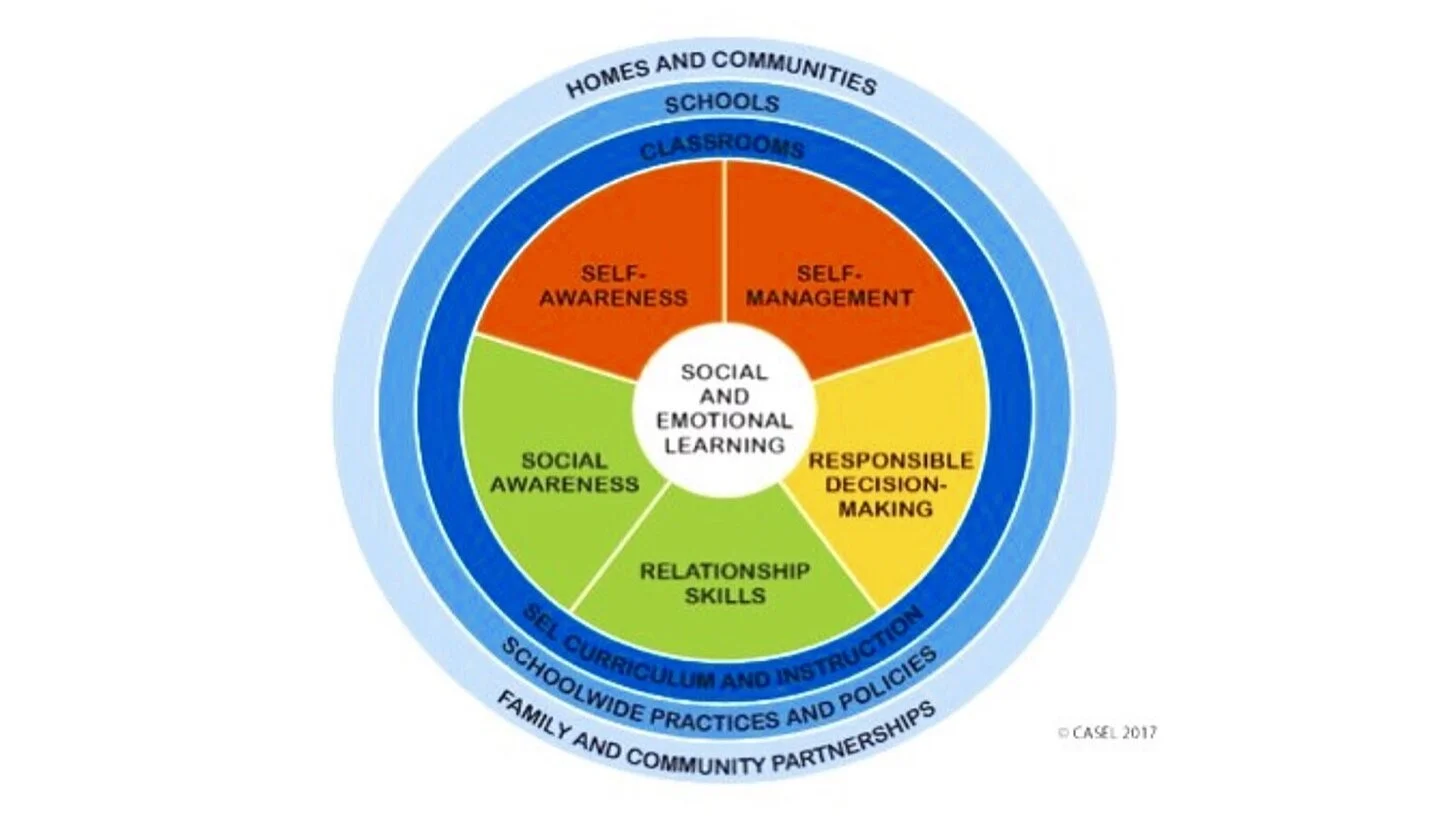





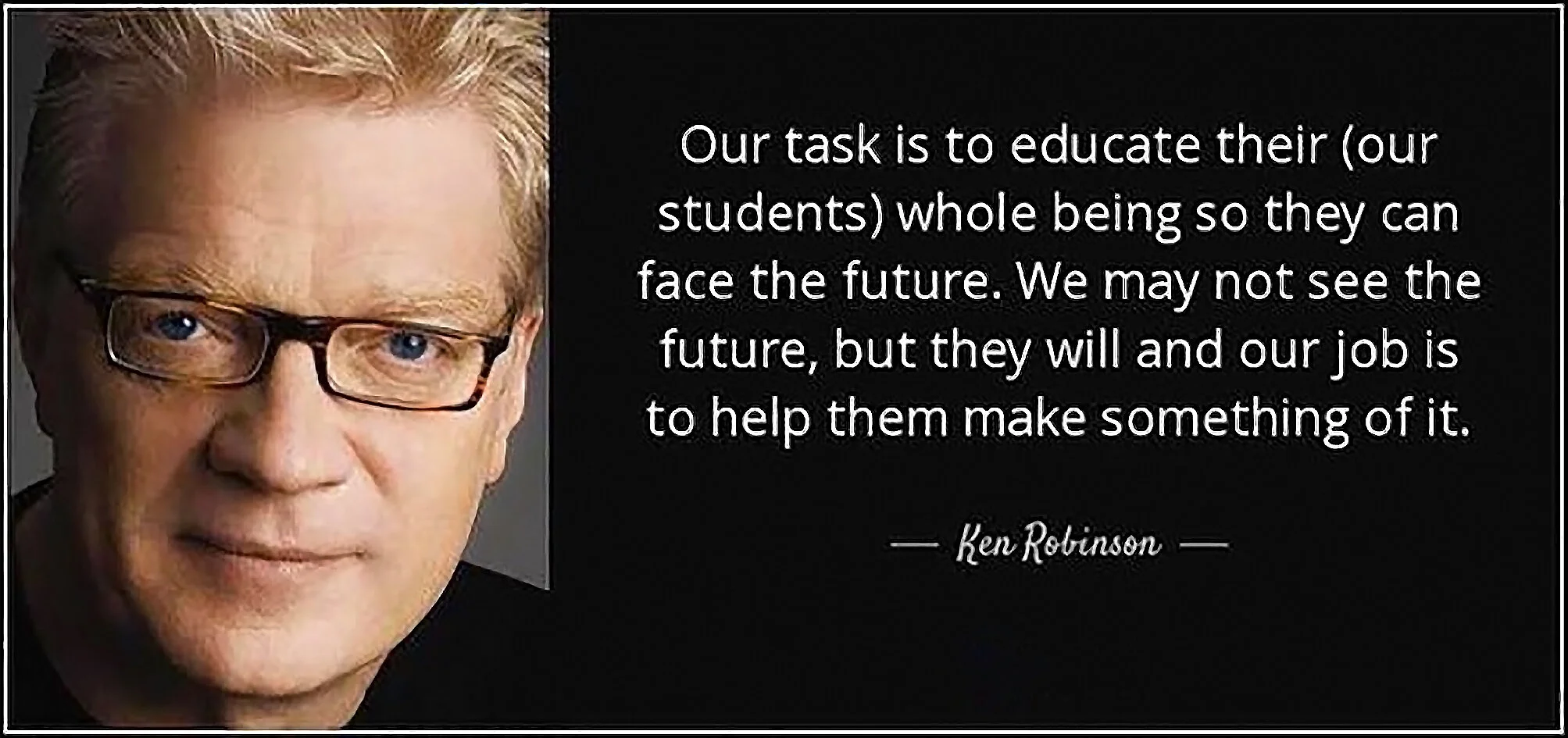



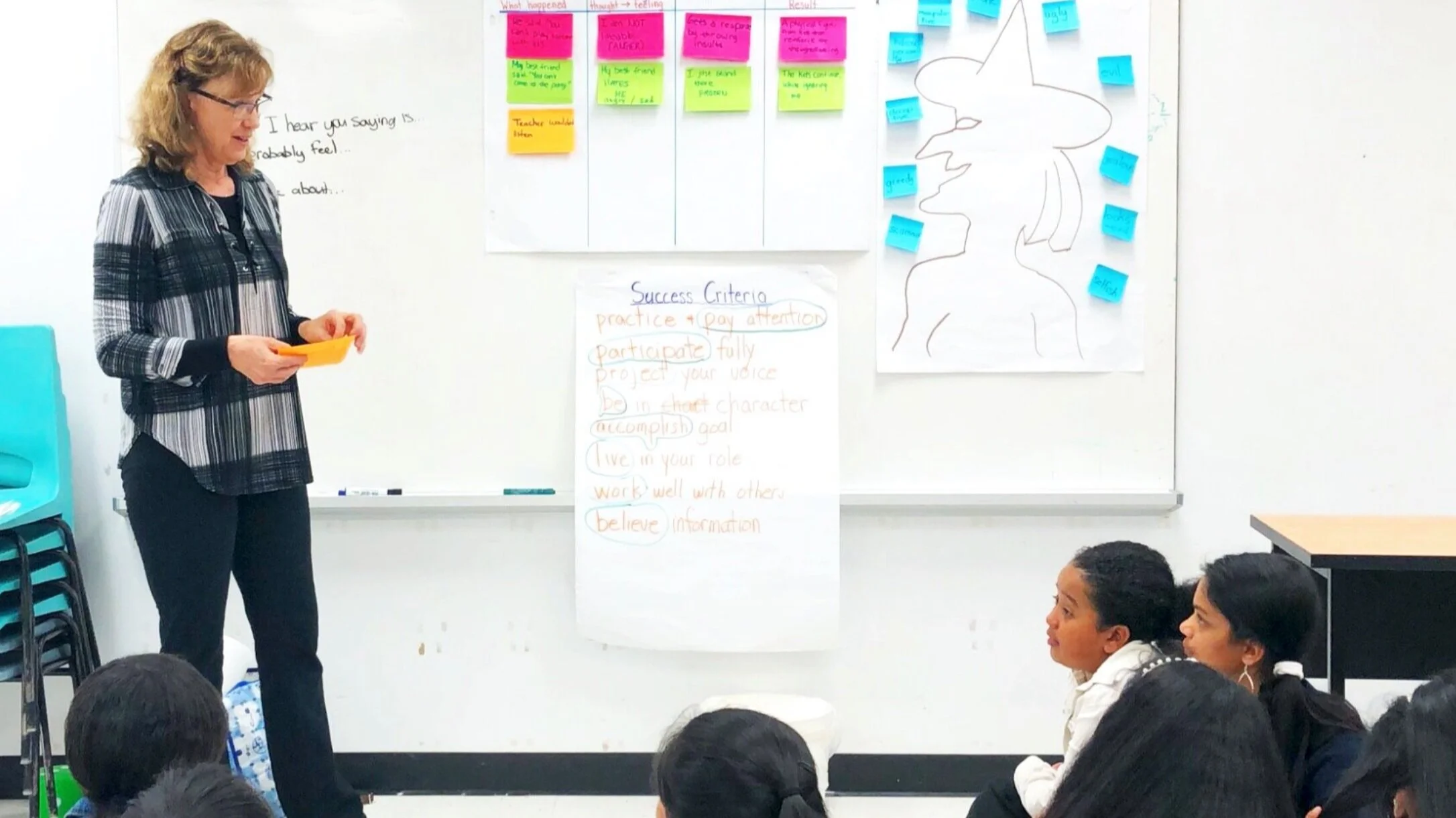
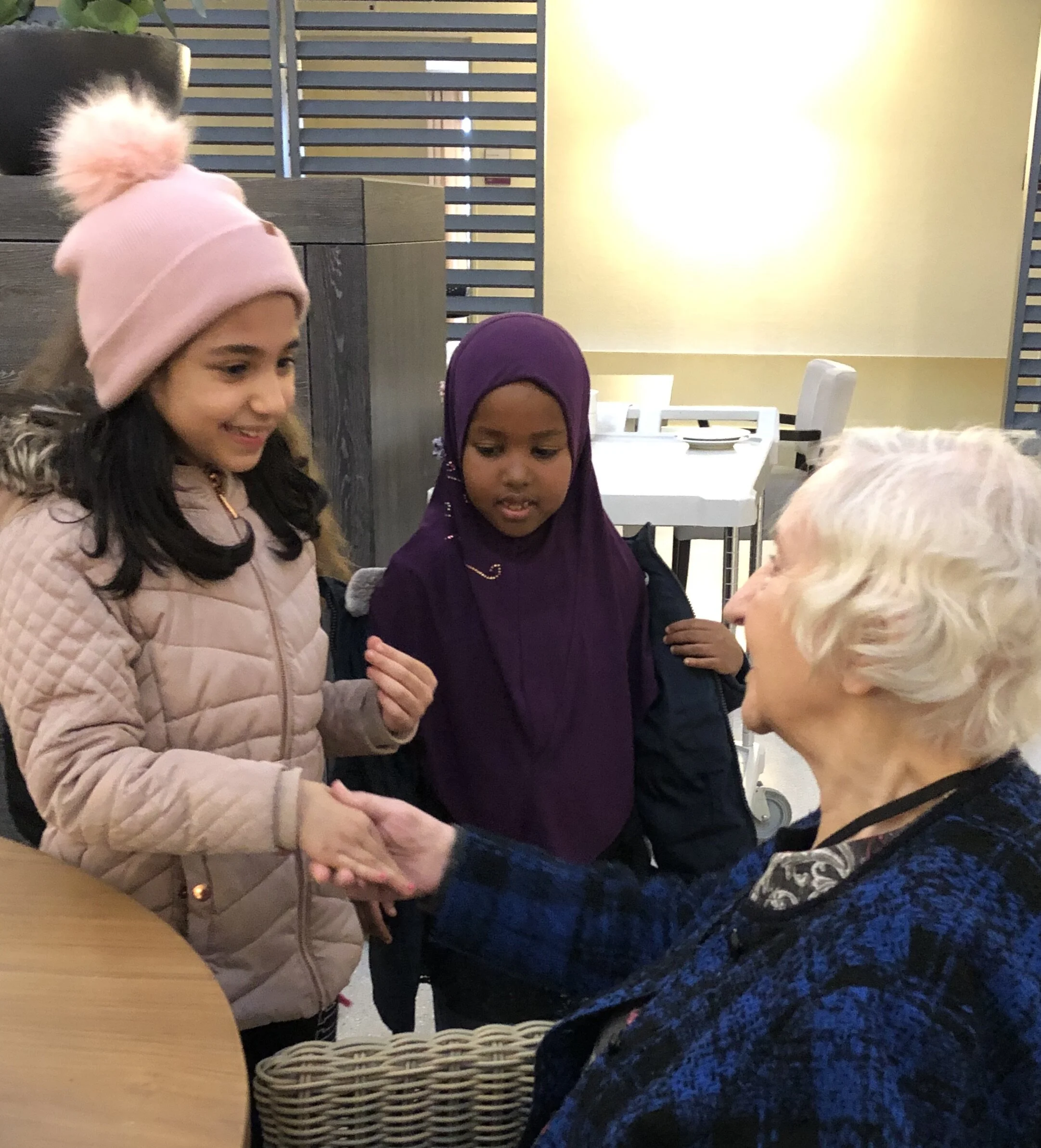

Analogical Problem-Solving ™ is what I call teaching by living inside a story such as the Us and Them unit. Students have agency/voice to make decisions inside their class story, an analogy of life. As teachers, we carefully follow their suggestions and integrate lessons as we plan strategies that allow them to discover their learning. Students learn real-life lessons without real-life consequences. They realize at a profound level that we have so much in common. We are all connected. Ultimately the students decide war is not worth the enormous human cost. And they internalize that we are all part of the human race.